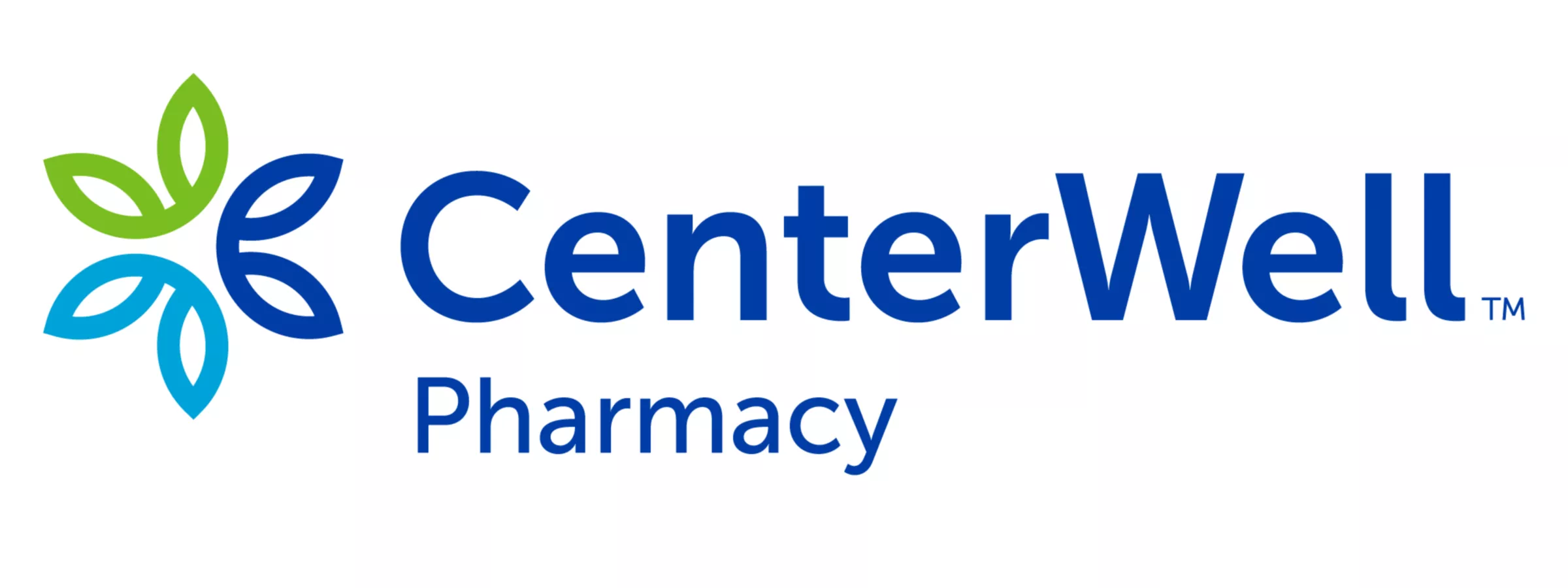*Includes preventive screenings and vaccinations, and better management of chronic conditions, compared with non-VBC models


Between chronic workforce shortages, large patient panels and a growing administrative burden, physician burnout is an ever-present challenge. And it appears to be getting worse: six in ten U.S. physicians often have feelings of burnout, according to a 2024 survey—prior to the pandemic, this figure was four in ten.1
High levels of stress for physicians can impact the quality of care patients receive, with 7% to 10.6% of serious medical mistakes attributed to physician burnout. There are other ripple effects of burnout, such as lower rates of patient satisfaction and a diminished ability to work productively in teams.2
The value-based care (VBC) model offers a solution to this problem. Unlike the traditional fee-for-service (FFS) model that prioritizes delivering a higher quantity of services to an increased number of patients, the VBC model rewards clinicians for improving patient health by emphasizing disease prevention and chronic condition management. Value-based care encourages providers to spend more quality-driven time with fewer patients.
The result? By transforming the way physicians deliver healthcare, VBC models promote a deeper provider/patient relationship, which improves the patient experience while positively impacting clinician well-being.
Leveraging real-time data in a VBC model
The value-based care model incentivizes close collaboration between payers and providers, which enables doctors to perform their jobs with greater efficiency.
“Data can flow seamlessly now that clinicians have everything they need to do their job, right at their fingertips,” says Jodi Lohnes-Bresse, a practice administrator at a value-based-care aligned clinic in Palmetto, Florida. “Their ability to click through those steps while they’re with a patient and then have that information feed straight into payers is a game changer.”
Easily accessible patient data allows clinicians to gain real-time insights into patient behavior—this information can then be used to educate patients on the best next steps, according to Dr. Snehal Parikh, a VBC-aligned physician.
“I want to open a computer and know where my patients are today health wise, and what they are doing,” says Dr. Parikh. “We are learning from behavior and trying to improve. The more the data informs us, the more positive impact we can drive with it.”
Real-time data sharing that guides physicians to make well-informed decisions also helps save on costs. “I can’t understand why anyone would want to practice any other way,” says Dr. Parikh. “Everyone saves money in this process and is happy and healthier.”




Empowering physicians to provide better care
Revello Medical prides itself on smaller patient panels, a cornerstone of a value-based care framework that enables physicians to spend more time with patients. The VBC model also prioritizes an integrated care approach, encouraging physicians to provide the highest level of quality care.
“When we tell fellow physicians we see ten patients per day, per provider, to better manage patients’ care, they can’t believe this is how value-based clinicians practice medicine,” says Antonio Calvo, Chief Operating Officer of Florida-based Revello Medical.
“[Fellow physicians] are excited to learn that we know about our patients’ support networks, understand how each physician is involved in their overall care plan, and have insight into the social and environmental factors that impact a patient’s ability to follow through on our care plans,” he adds.
The value-based care model considers each patient from a holistic point of view. “VBC is different because it allows us to go above and beyond to meet the full needs of the patient, taking social determinants of health, loneliness and other potential health barriers into consideration,” says Patti Revello, Chief Executive Officer and Co-Founder of Revello Medical.
Revello Medical offers activities and wellness programs that account for patients’ full range of needs. “Socialization for the patient, where they exercise, learn new things and interact with our clinical team outside of their doctor’s appointments all make a huge difference in patient outcomes,” says Revello.
To ensure the best possible patient experience, healthcare staff members at Revello Medical are educated on topics such as understanding and anticipating patient needs and coordinating follow-up scheduling. “These things are critical to finding success within a VBC contract,” says Calvo.
Spotlight on value-based care
Humana is a VBC leader:3
Percentage of Medicare Advantage (MA) members aligned to VBC primary care providers (PCPs)
Amount saved in medical costs in 2023 due to MA value-based arrangements
Percentage of VBC patients that saw their PCP at least once in 2023, versus 75% of non-VBC patients
Humana Medicare Advantage VBC providers enjoy:3
Up to 241% above the Medicare fee schedule
Reflects the use of more preventive services*
Interoperability connects 750,000+ providers
By promoting greater financial stability, VBC models:3
- Support practice growth
- Enable primary care expansion
- Promote innovation
- "2024 survey of America’s current and future physicians,” The Physicians Foundation, July 2024, last accessed March 20, 2025, https://physiciansfoundation.org/wp-content/uploads/2024-Survey-of-Americas-Current-and-Future-Physicians.pdf
- Philip Shin et al., “Time Out: The Impact of Physician Burnout on Patient Care Quality and Safety in Perioperative Medicine,” The Permanente Journal (July 2023), accessed March 20, 2025, https://pmc.ncbi.nlm.nih.gov/articles/PMC10266854/humana.com/is/content/humana/2088482_CM-2024-VBC_Report_11x8.5pdf-1
- Humana’s 11th Value-based Care Report,” Humana, last accessed March 20, 2025, https://assets.humana.com/is/content/humana/2088482_CM-2024-VBC_Report_11x8.5pdf-1


